10 de May, 2022

Portuguese heritage and culture have unique characteristics. They are the portrait of centuries of exchange with other nations, provided thanks to the country’s strong commercial tradition and the pioneering personality of its people. To be in Portugal is to make a journey through a history of conquests and miscegenation. From the Arabs to the Chinese, the Portuguese have learnt from the rest of the world, assimilated traditions and formed a complex mix that captivates the planet.
UNESCO, an organ linked to the United Nations, recognises the beauty of this heritage. Portugal already has 17 places classified as World Heritage Sites. The list includes historical centres, archaeological sites, cultural landscapes and natural parks. With so many beautiful places to visit, we have chosen the 7 most beautiful monuments of Portugal listed by UNESCO that you can’t miss.
The Historic Centre of Porto was distinguished by UNESCO in 1996. The area classified as World Heritage covers the historic centre of the Invicta, including the medieval houses that can be seen on the hill going down from the Sé cathedral to the Ribeira, and also the Luís I Bridge and the Serra do Pilar Monastery, on the other side of the Douro River. It’s worth getting lost in the narrow streets and hidden stairways, admiring the iron balconies and colourful tiled façades. The bacalhoeiros wall keeps memories of the 14th century wall that protected the city. In the past, this was the area where the codfish merchants were based. Today, it is one of the most popular places to take beautiful photos. Don’t miss the Torre dos Clérigos, the Baroque churches, among other emblematic points.
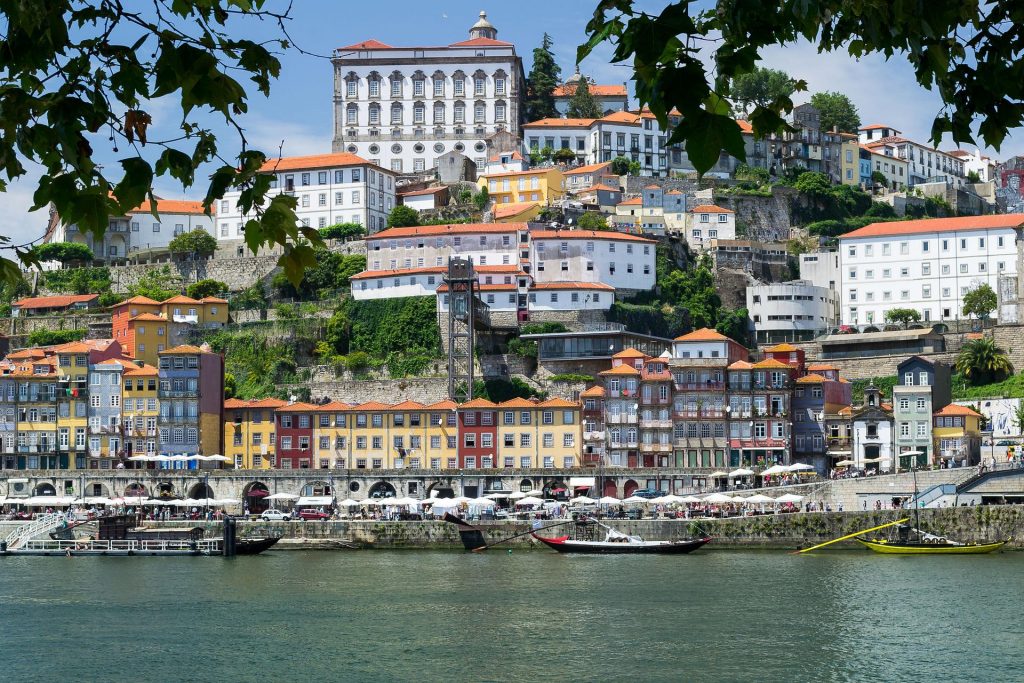
It was here that Portugal was born, in the 12th century. Therefore, Guimarães has a high symbolic value for the Portuguese identity. The city is very well preserved and reflects well the evolution of civil architecture from the Middle Ages to the 19th century. Its castle, from the 10th century, is one of the most visited places by tourists and was also elected, in 2007, as one of the Seven Wonders of Portugal. With fairytale airs, with its fortified walls and towers, this castle is said to be where Dom Afonso Henriques, the first king of Portugal, was born. A few steps away is the beautiful Paço dos Duques building, with its curious cylinder-shaped chimneys, which today houses a museum. In Largo da Oliveira, the heart of the historic centre, the Nossa Senhora da Oliveira Church, dating from the 10th century, stands out, as does the Salado Monument, right opposite, built to commemorate the victory in the battle of the same name, which took place in the 14th century.

Located in the northeast of Portugal, at a distance of about 100km from Porto, are the vineyards that produce the famous Port Wine. It is the oldest demarcated wine region in the world. One of the most pleasant ways to enjoy this scenery is aboard a Rabelo boat, an ancient vessel that used to transport the barrels of Port Wine. The region is full of charming inns, resorts and luxury spas, in a setting of tranquillity and romance. Highlights include the Six Sense Douro Valey, with daily rates from €700, which offers panoramic views of the Douro valley, suites with floor-to-ceiling windows, secret gardens, a heated indoor pool and even a wine library with daily tastings.
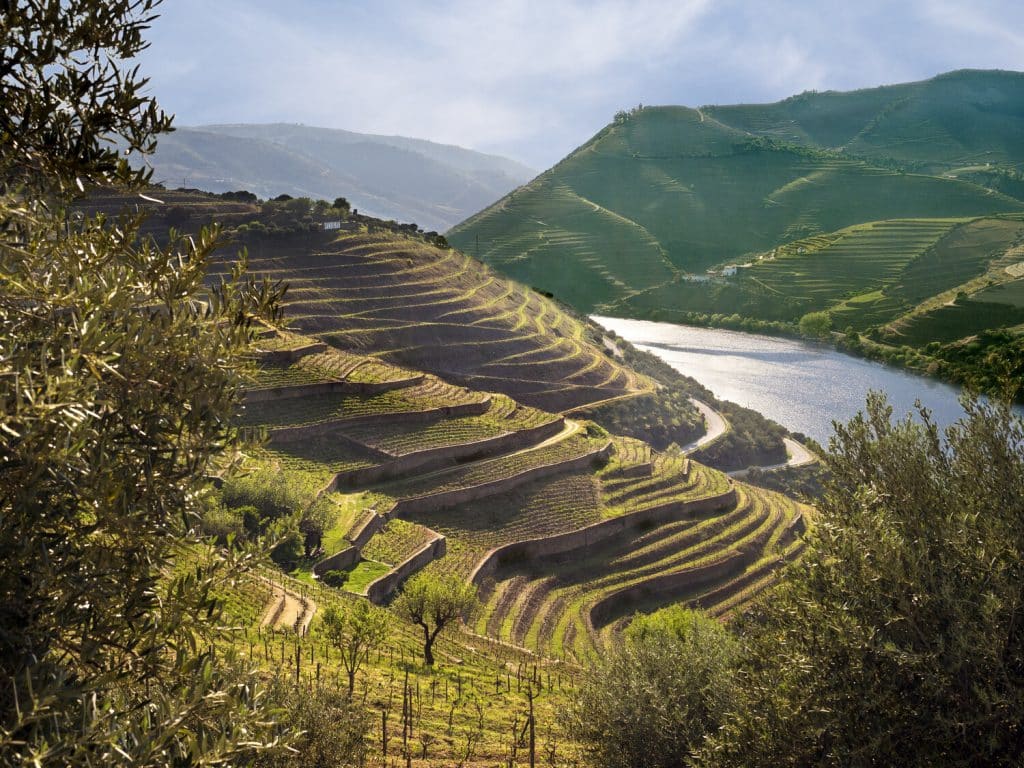
This is one of the first Cistercian monastic foundations on Portuguese territory and the first test of Gothic architecture in Portugal. Located between Lisbon and Coimbra, this building was installed far from the cities to ensure the isolation of the Cistercian monks. It has been on the UNESCO World Heritage list since 1989. It was founded in the 12th century, by donation of the first king of Portugal, Afonso Henriques. The medieval dependencies still preserved make the Monastery of Alcobaça a unique ensemble in the world, to which must be added the later buildings, from the 16th to the 18th centuries, as an important testimony to the evolution of Portuguese architecture. The Church of the Alcobaça Monastery is immense, 106 metres long and 22 metres high. Verticality was one of the characteristics of the Gothic style, as it increased the feeling of closeness to God. However, what most draws the visitor’s attention in this monastery is undoubtedly the tombs of King Pedro I and his beloved, Inês de Castro, masterpieces of Portuguese Gothic sculpture. It is worth taking a guided tour to learn more about the architectural features of the space and also about the tragic love story of Pedro and Inês.
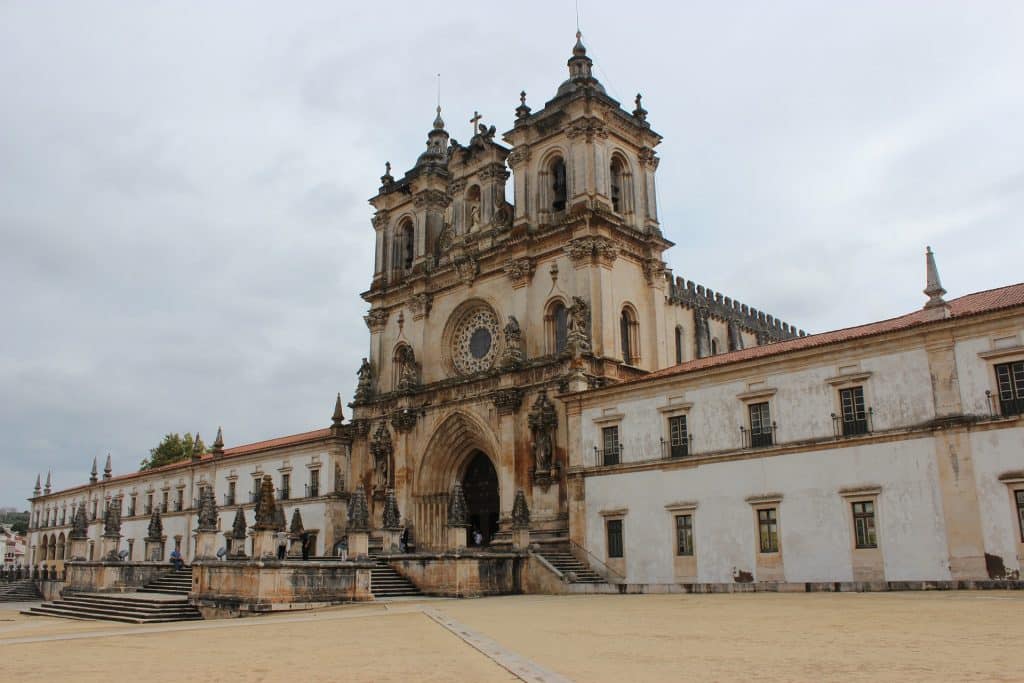
One of the 7 Wonders of Portugal, this jewel of the Manueline style is located in one of Lisbon’s most eligible areas, next to the Tagus River, from where great maritime expeditions set sail. It was built in accordance with King Manuel I’s desire to perpetuate his rule, perpetuating the glories achieved during the Age of Discoveries. It was occupied by monks of the Order of Saint Jerome who were to, among other things, pray for the soul of the king and provide spiritual assistance to the Portuguese navigators who set off from there in search of new worlds. It is one of the most beautiful examples of Manueline art, a genuinely Portuguese artistic expression, which makes a very specific interpretation of the Gothic, with a profusion of ornamental details linked to the sea, to navigation, and to the reign of King Manuel. The Monastery also houses the beautiful tombs of the navigator Vasco da Gama and the poet Luís de Camões.
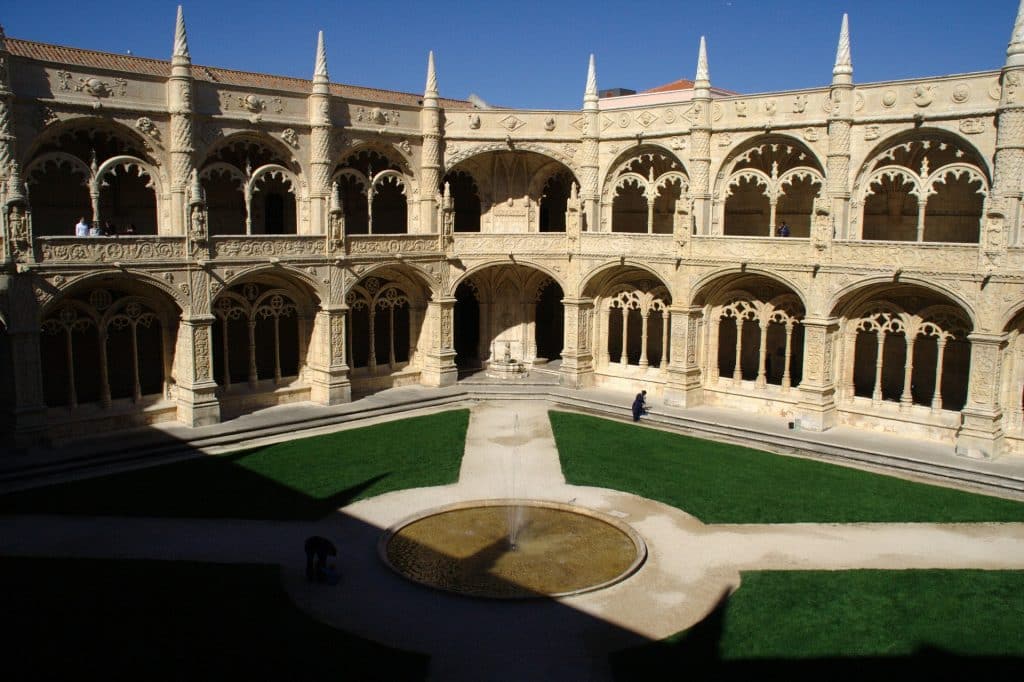
Located in Leiria, in central Portugal, it was built at the will of King João I, in gratitude for the Portuguese victory over the Spanish at the Battle of Aljubarrota in 1385. The Monastery of Santa Maria da Vitória (or da Batalha) was built near the site of the decisive battle. Its construction took more than 150 years, through different phases of construction. Because of this, it brings together various artistic proposals: the Gothic (predominant) Manueline and even a brief Renaissance note. It is considered one of the most beautiful monastic complexes in Europe at the end of the Middle Ages.
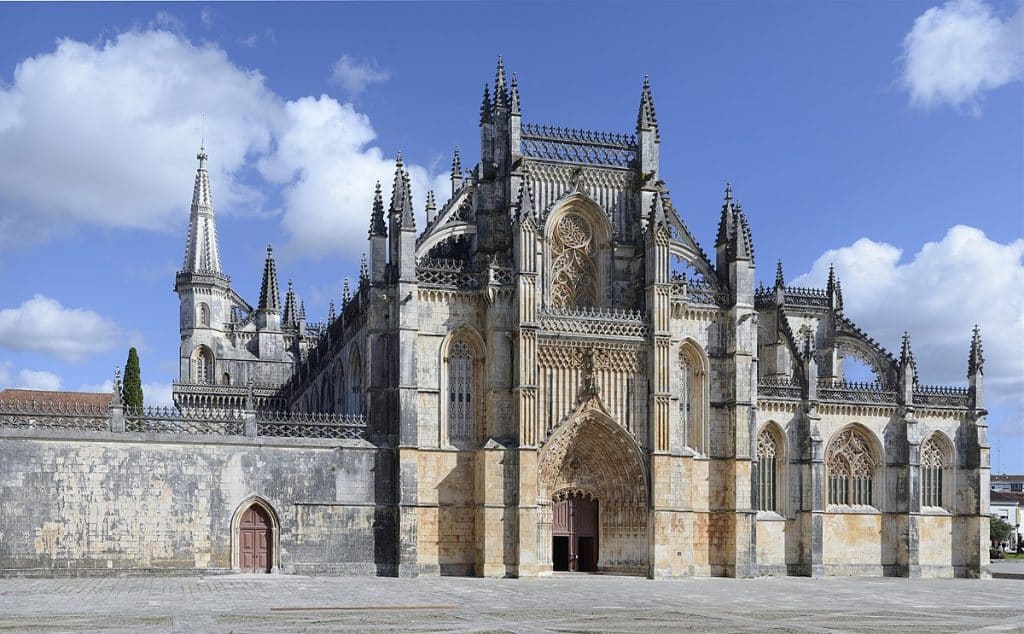
During antiquity Sintra was known as the “Mountain of the Moon”, and many were the cults and rituals that took place there. This was even one of the reasons that would have led the Queen of Pop, Madonna, a practitioner of Kabbalah, to pay 7 million euros for an old palace in the region. The Cultural Landscape of Sintra was classified by Unesco in 1995, thanks to the harmonious connection between nature and the action of man that is found there. Amidst lush vegetation is Pena Palace, one of the greatest examples of the Romantic revival of the 19th century in Portugal. King Fernando II knew how to transform the ruins of a monastery into a castle full of Gothic, Egyptian, Islamic and Renaissance elements. And not only this one: other prestigious residences were built according to the same model in the hills and made this place a unique example of parks and gardens which influenced various landscapes in Europe. The specificity of Sintra’s heritage is affirmed above all in its landscape, full of farms, palaces, churches, parks, gardens, fountains and bucolic spaces.


Author:
Atlantic Bridge